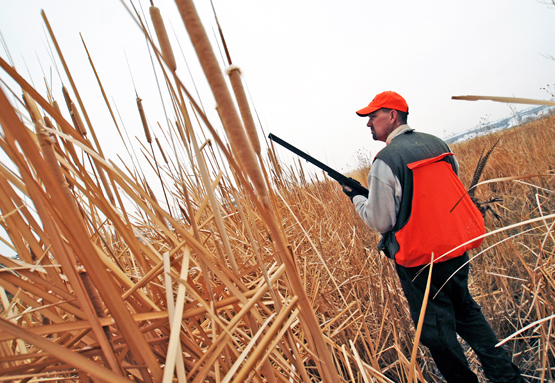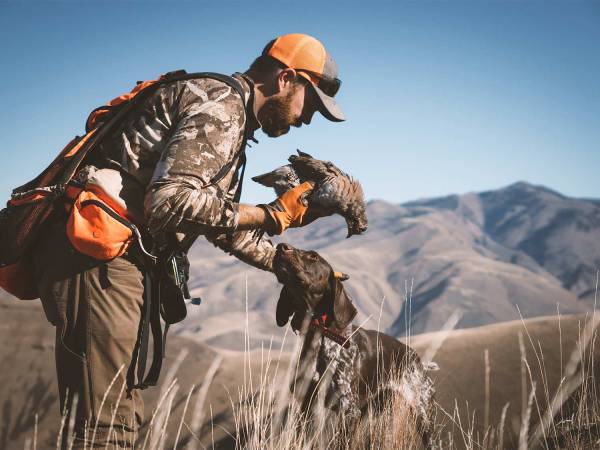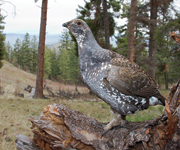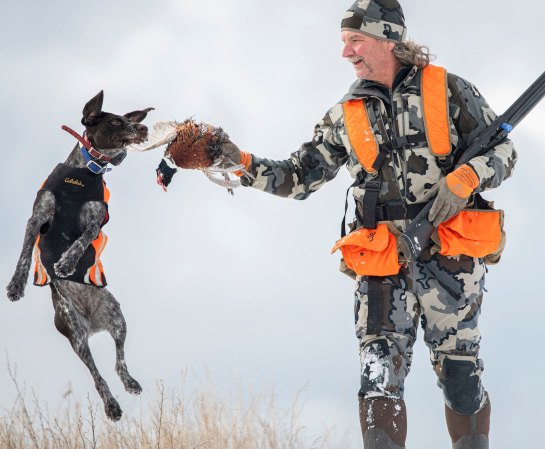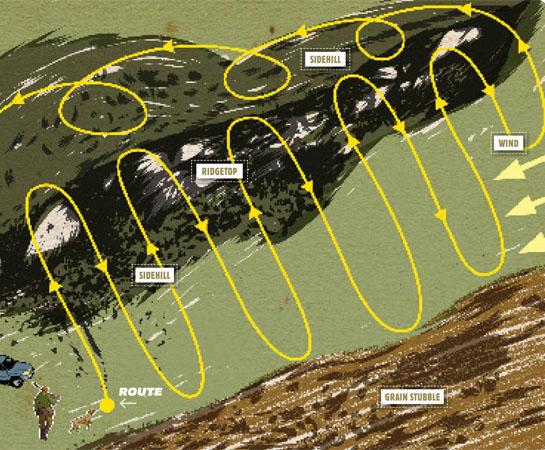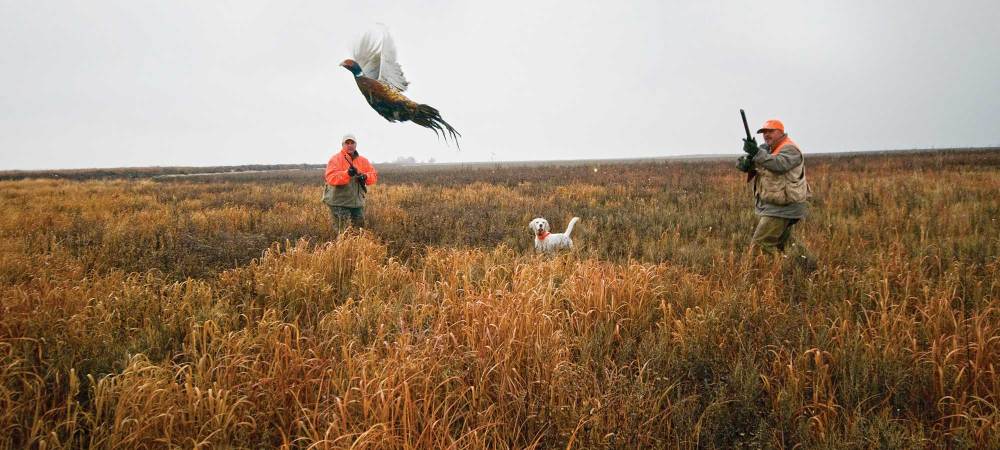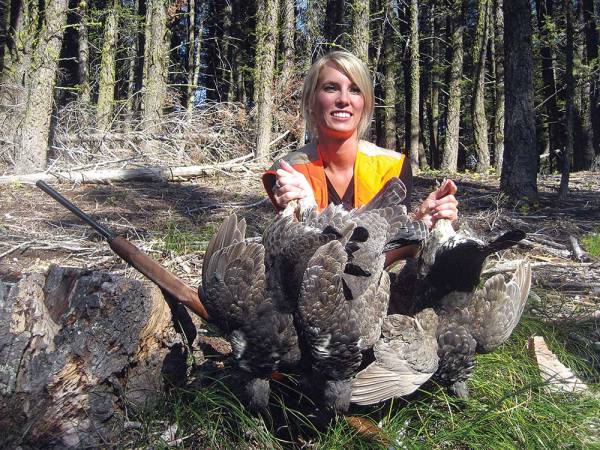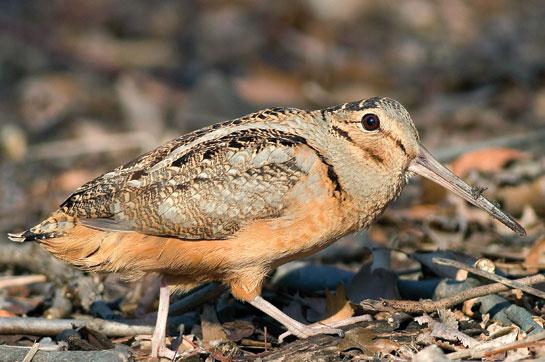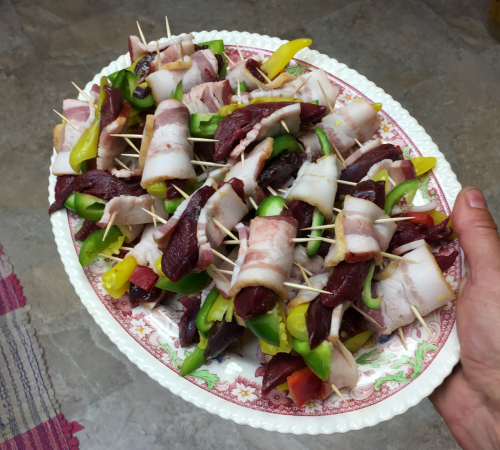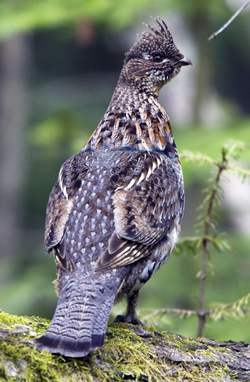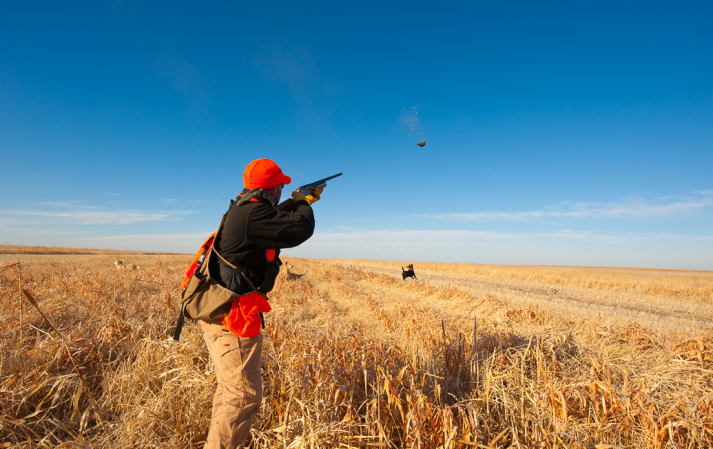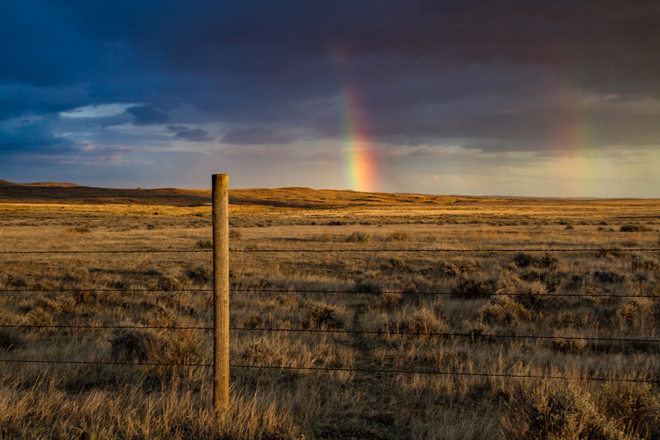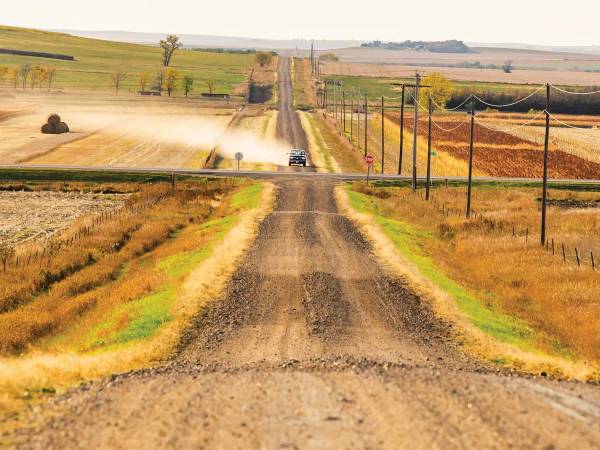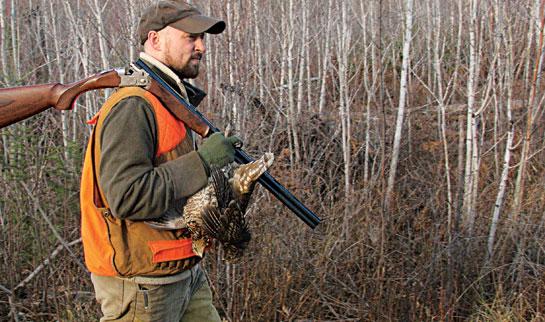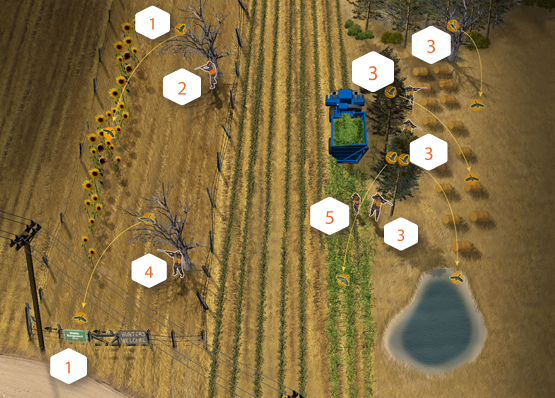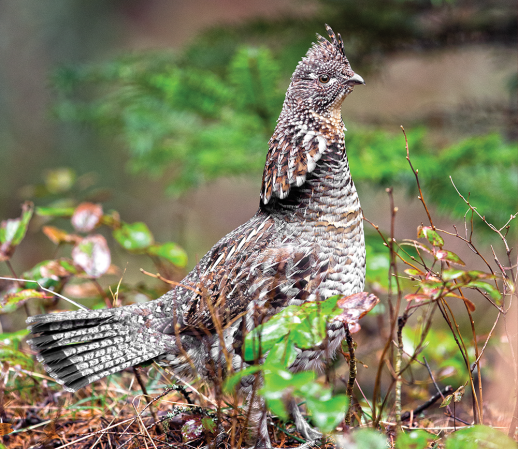November can be a challenging month for the upland bird hunter. September, despite its heavy cover and warm days, offered plenty of naive young-of-the-year ruffed and prairie grouse, some of which held over to October’s Indian summer. That’s when all the adolescent pheasants, Hungarian partridge, and bobwhite quail were picked off too.
There are still birds left in November, but their habitat is in flux, and they’re in survival mode due to hunting pressure and the worsening weather. All this makes successful November upland hunting a difficult–though not insurmountable–endeavor.
Pheasants
▶ Forget about pleasant fields of grass and easy-to-hunt swales. November’s ringnecks have moved into the crud. Hit the cattails; roosters will tolerate wet feet if it means staying alive. Plow into plum, raspberry, and evergreen thickets, but post hunting partners on the edges. High-step into knee-busting swampgrass and switchgrass on those blustery, gray-sky days, but work slowly and pause often, or the birds will let you walk past.
Ruffed Grouse
▶ I hope you enjoyed leisurely strolls along forest trails last month. November’s ruffs move into the lowlands, where the cover is thicker, some “green” manages to hang on for feed, and predators (including two-legged ones) are less likely to tread. Weave your way through tag alder, willow, dogwood, and witch-hazel thickets. Claw through bramble patches and berry cane jungles. Straddle the margin between wet bog and dry ground. Wade into grassy swaths on windy days, because grouse will burrow in.
**
Sharptail Grouse**
▶ Sharpies enjoy a good view, but after a few solid freezes, the grassy knolls that the birds favored last month just don’t offer enough cover anymore. So drop off the benches and ease down into coulees and draws. Concentrate on the brushy north and west sides, where November’s gales blow over the top (and the birds can warm themselves on sunny days). Sharptails will still come out to feed in stubble fields and tablelands early and late in the day; glass from a promontory and watch where they return to, then hunt there the next midday.
Hungarian Partridge
▶ Like sharptails, Hungarian partridge abandon the windswept highlands for lower country in November. Look for Huns in winding prairie creek bottoms and gullies, often hunkered up against the leeward side of a cut. Don’t pass up plum thickets, chaparral, or other brushy hideaways, especially if they’re out of the wind and in a sunny pocket. Make a trip through any area with a spring seep or still-open water source. Huns love to eat the greens that remain in these kinds of places.
Bobwhite Quail
▶ Bobs are homebodies, so they won’t be far from where you found them last month. But they will move into tangled woodlots and brushy thickets, or hole up in the thickest grass they can find. As always with quail, take only a couple of birds from any one covey and leave the rest for seed.
Photo by John Hafner
